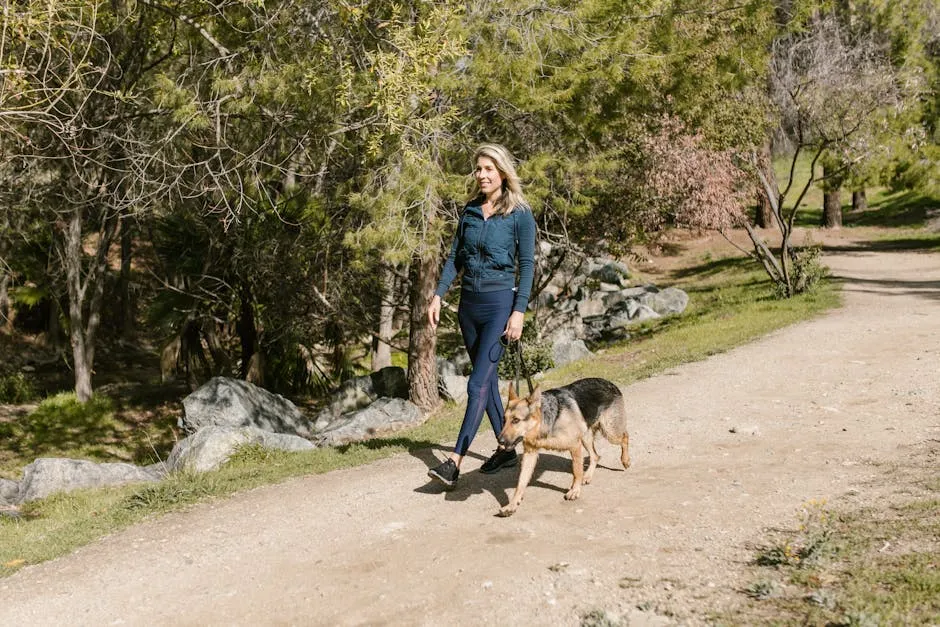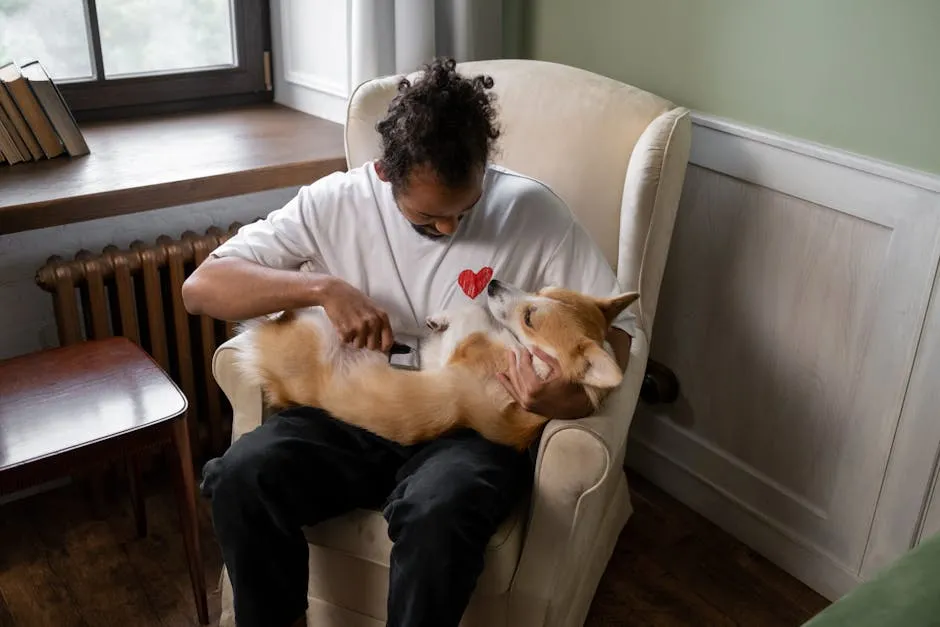Introduction
Choosing the right dog breed for your family can be exciting. It’s essential to find a breed that fits well with young children. Evaluating breeds based on temperament, energy, and compatibility is crucial. This article aims to guide you in selecting a suitable dog breed that can thrive in a family environment.
Summary and Overview
Having a family dog brings many benefits. Dogs offer companionship and teach kids about responsibility. They create opportunities for learning and bonding. The right breed enhances family life, fostering a harmonious atmosphere. Key factors include temperament, size, energy level, and trainability. Each element plays a vital role in ensuring a good fit. In this article, we’ll cover all these aspects to help you make an informed choice.
To keep your dog’s food fresh and free from pests, consider investing in a Dog Food Storage Container. It’s a practical solution that keeps your pet’s food fresh and safe from pesky critters. Plus, it’ll save you from those awkward moments of searching for dog food in the pantry!

Factors to Consider When Evaluating Dog Breeds
Temperament
When considering a dog for kids, temperament matters. A dog’s personality can significantly affect interactions. Breeds known for their calmness and patience are ideal. Friendly breeds like Golden Retrievers and Labradors are excellent companions for children. Others may be more aloof, which isn’t always suitable for families. Socialization and upbringing greatly influence a dog’s temperament. Studies show that well-socialized dogs interact better with kids, reducing the risk of behavioral issues.
Size
The size of a dog can impact its interaction with kids. Smaller dogs may seem cute but can be fragile. A small dog might get injured during rough play. Larger breeds, however, can be sturdier and handle more excitement. Consider your living space as well. Large dogs need room to move, while small dogs can adapt to tighter quarters. Think about your child’s age and size too; a large dog might accidentally knock over a toddler during play.
When evaluating, keep in mind the average sizes of popular family breeds. For instance, Labradors weigh between 55-80 pounds, while Pugs typically weigh around 15 pounds.
By focusing on these factors, you can better match a dog breed with your family’s unique dynamics. This approach ensures that both your children and the dog can thrive together, creating a loving and safe environment for all.

Energy Level
When choosing a dog, energy levels matter. A dog’s energy should match your family’s lifestyle. High-energy breeds need active families who enjoy outdoor activities. Breeds like the Labrador Retriever and Irish Setter thrive in energetic environments. They require daily exercise and mental stimulation to stay happy.
Low-energy breeds, such as Bulldogs or Basset Hounds, are better for families who prefer a more relaxed pace. These dogs enjoy short walks and playtime but don’t need extensive exercise.
If a dog doesn’t get enough exercise, it may develop behavior problems. Boredom can lead to chewing, barking, or digging. Understanding each breed’s exercise requirements can prevent these issues. For instance, a Beagle needs a good amount of playtime, while a Cavalier King Charles Spaniel enjoys lounging around. Be sure to consider your family’s activity levels when selecting a breed.
To keep your dog entertained, consider an Interactive Dog Puzzle Toy. It’s a fantastic way to keep your furry friend mentally stimulated and engaged, preventing boredom and destructive behavior.

Trainability
Trainability is crucial for families with young kids. A trainable dog can create a safer environment for both the pet and your children. Breeds like Golden Retrievers and Poodles are known for their eagerness to please. They adapt quickly to training and follow commands well.
Obedience training helps establish rules for kids and dogs. It teaches dogs proper behavior and reinforces safety around children. Training resources like classes or online tutorials can assist new pet owners. Investing time in training will ensure a harmonious family dynamic.
Positive reinforcement techniques work best for teaching dogs. Rewarding good behavior fosters trust and builds a strong bond. Encouraging your kids to participate in training can deepen their connection with the dog, making it a fun family activity.
To aid your training efforts, consider a Dog Training Clicker. This handy tool can help you reinforce commands and improve your dog’s responsiveness during training sessions.

Understanding how to train your dog effectively can create a safer environment for your children. Learn more about effective training techniques.
Breed-Specific Health Concerns
Every breed has its own health concerns that can affect family life. Popular breeds like Bulldogs may suffer from breathing issues due to their structure. Larger breeds such as Newfoundlands can be prone to hip dysplasia. Understanding these potential health problems is essential.
Regular vet checkups are vital for preventing and managing breed-specific health issues. Ensure your chosen breed’s lifespan aligns with your family’s commitment. For example, smaller breeds often live longer than larger ones.
Researching health issues can help you make informed decisions. Statistics show that many breeds face genetic predispositions to certain ailments. Consider adopting from shelters or reputable breeders who prioritize health testing. This approach can lead to a healthier, happier family dog, enriching your family’s life for years to come.

Best Dog Breeds for Families with Young Children
Overview of Recommended Breeds
Finding the right dog breed for families with young kids can be a rewarding experience. Certain breeds stand out as excellent companions for children. Here are some top choices:
- Labrador Retriever: This breed is known for its friendly nature and intelligence. Labs are energetic and love to play, making them ideal for active families.
- Golden Retriever: Golden Retrievers are gentle, friendly, and intelligent. They thrive on interaction and love being around children.
- Beagle: Beagles are playful and curious. Their compact size and friendly demeanor make them great playmates for kids.
- Poodle: Poodles come in various sizes and are highly trainable. They are intelligent and hypoallergenic, perfect for families with allergies.
- Bulldog: Bulldogs have a calm and friendly nature. They adapt well to family life and require less exercise than other breeds.
- Irish Setter: This breed is energetic and affectionate. Irish Setters enjoy outdoor activities and are great with kids.

Individual Breed Profiles
Labrador Retriever
Labrador Retrievers are friendly and eager to please. They are highly energetic and require daily exercise. Labs are great with children, forming strong bonds with them. Their adaptable nature makes them perfect for various family lifestyles.
Golden Retriever
Golden Retrievers are known for their loyalty and intelligence. They are patient and gentle, making them excellent companions for children. This breed enjoys playtime and daily walks to stay healthy and happy.
Beagle
Beagles are playful and loving dogs. They thrive on companionship and enjoy family activities. Their moderate energy level makes them suitable for families looking for an active yet manageable pet.
Poodle
Poodles are intelligent and easy to train. They are hypoallergenic, making them ideal for families with allergies. Their playful nature and various sizes allow them to fit well in different living situations.
Bulldog
Bulldogs are calm and affectionate. They are not overly active, making them great for families with younger children. Regular walks and playtime keep them happy without requiring extensive exercise.
Irish Setter
Irish Setters are energetic and friendly. They require a lot of exercise and enjoy spending time outdoors with their families. Their playful nature makes them great companions for active households.
Choosing the right breed involves considering each dog’s characteristics and how they align with your family’s lifestyle.

Preparing Your Home for a New Dog
Creating a Safe Environment
Bringing a new dog into your home is exciting, but safety comes first. Start by baby-proofing your space. Remove any small items your dog could swallow or chew. Secure loose wires and cords to prevent accidents.
Next, set boundaries within your home. Use Baby Gates for Pet Safety to create safe spaces for your dog. This helps your pet feel secure while keeping children and dogs from overstepping boundaries.
Teaching children how to interact with dogs is crucial. Explain to them the importance of gentle touches and calm voices. Encourage them to sit quietly when the dog approaches. This builds trust and comfort.
Supervision is key during interactions. Always monitor your dog and children when they’re together. Even the most patient dog may feel overwhelmed by a child’s excitement. Supervision helps prevent accidents and teaches children safe behavior around pets.

Introducing the Dog to Your Family
Making a good first impression is essential when introducing a new dog to your children. Start with calm introductions. Allow your dog to sniff a blanket or toy that smells like your child before the big meeting.
During the first interaction, keep a leash on the dog. This will help you maintain control. Let your children approach slowly while you guide the dog. Encourage kids to offer treats while remaining calm. This positive reinforcement helps create a friendly atmosphere.
Gradual introductions are important. Let your dog explore the home first. After a day or two, allow the children to interact more. Always watch closely during these early days.
Monitor playtime and interactions closely, especially at first. If your dog shows signs of stress or discomfort, take a step back. It’s important to create a positive experience for everyone involved.
By preparing your home and family for a new dog, you create a welcoming environment for your furry friend. This ensures a smooth transition and a happy, harmonious household.

Conclusion
Choosing the right dog breed for your family is vital. We’ve examined key factors like temperament, size, energy level, and trainability. Each element plays a significant role in ensuring a safe and loving environment for both children and dogs.
A well-suited dog can enhance family life, fostering a positive atmosphere. Remember, it’s crucial to conduct thorough research and consider your family’s unique circumstances. This thoughtful approach helps ensure a harmonious relationship between your kids and your new furry friend.
And don’t forget, keeping your pet clean and well-groomed is important too! A Dog Grooming Kit can help you manage your dog’s coat, keeping them looking sharp and feeling fresh!

FAQs
What is the best dog breed for families with toddlers?
The best dog breeds for families with toddlers include Labrador Retrievers, Golden Retrievers, and Beagles. These breeds are known for their friendly nature and patience, making them ideal companions for young kids.
Are all dog breeds suitable for young children?
Not all dog breeds are suitable for young children. Some breeds may be too energetic or have temperament issues. It’s important to research dog breeds for children to find those with gentle and social characteristics.
How can I prepare my dog for a new baby?
Preparing dogs for babies involves gradual introductions, using baby sounds, and establishing boundaries. Gradually introducing dogs to newborns helps create a safe and comfortable environment for everyone.
What are the signs of a good family dog?
Characteristics of family dogs include calmness, friendliness, patience, and sociability. Good traits in family pets include loyalty, protectiveness without aggression, and an eagerness to engage with children.
How do I ensure my dog is safe around my children?
Safety tips for dogs and children include supervising interactions, teaching gentle handling, and creating safe spaces for both. It’s important to monitor your dog’s behavior and respect their comfort levels around kids.
Please let us know what you think about our content by leaving a comment down below!
Thank you for reading till here 🙂
All images from Pexels





